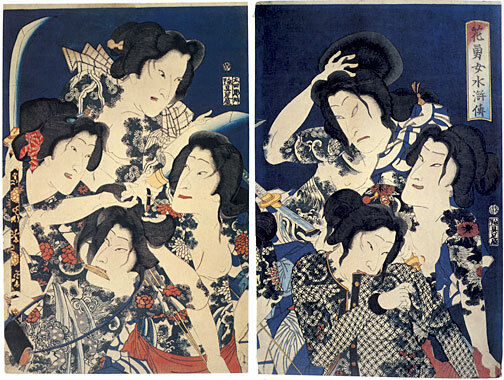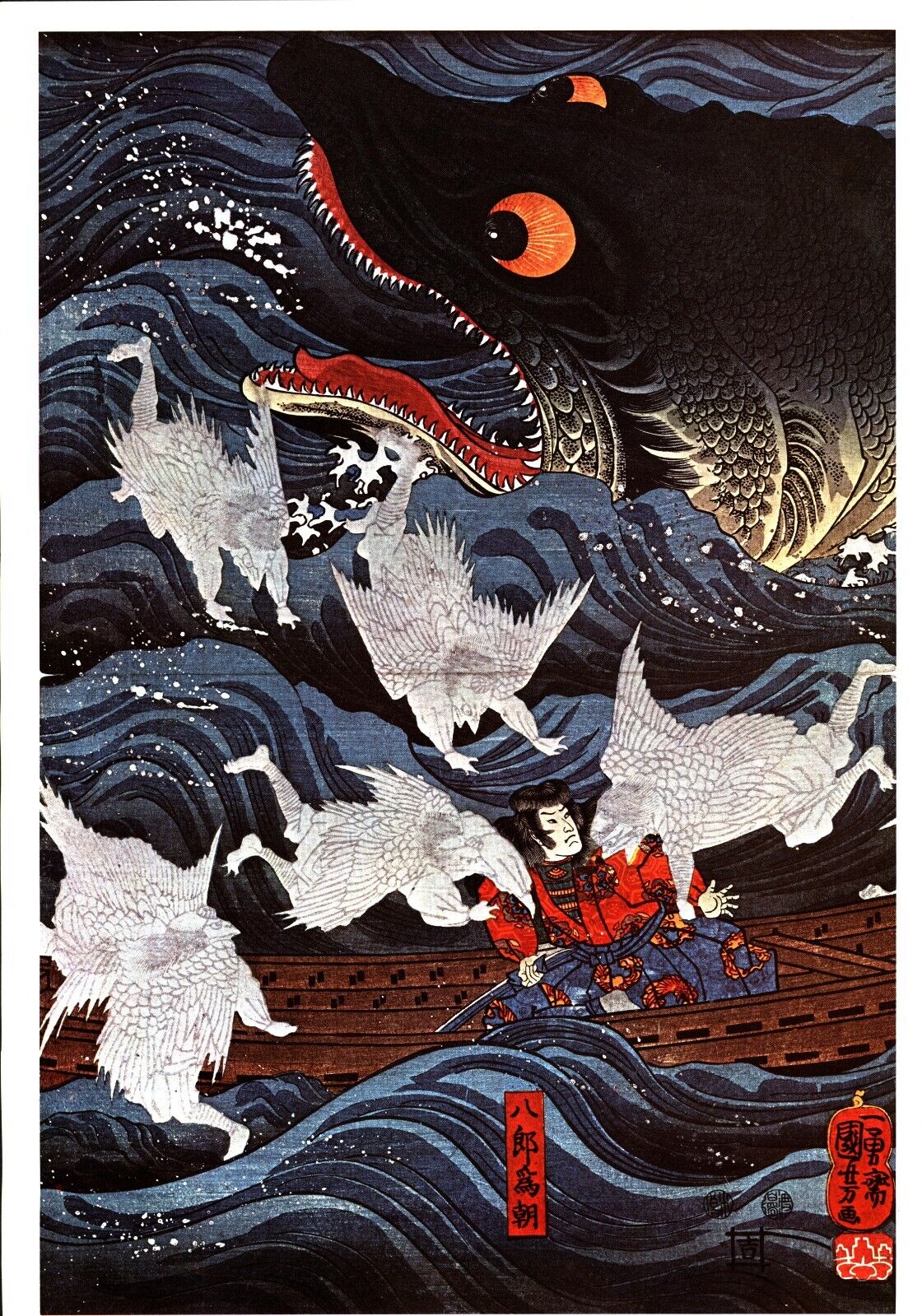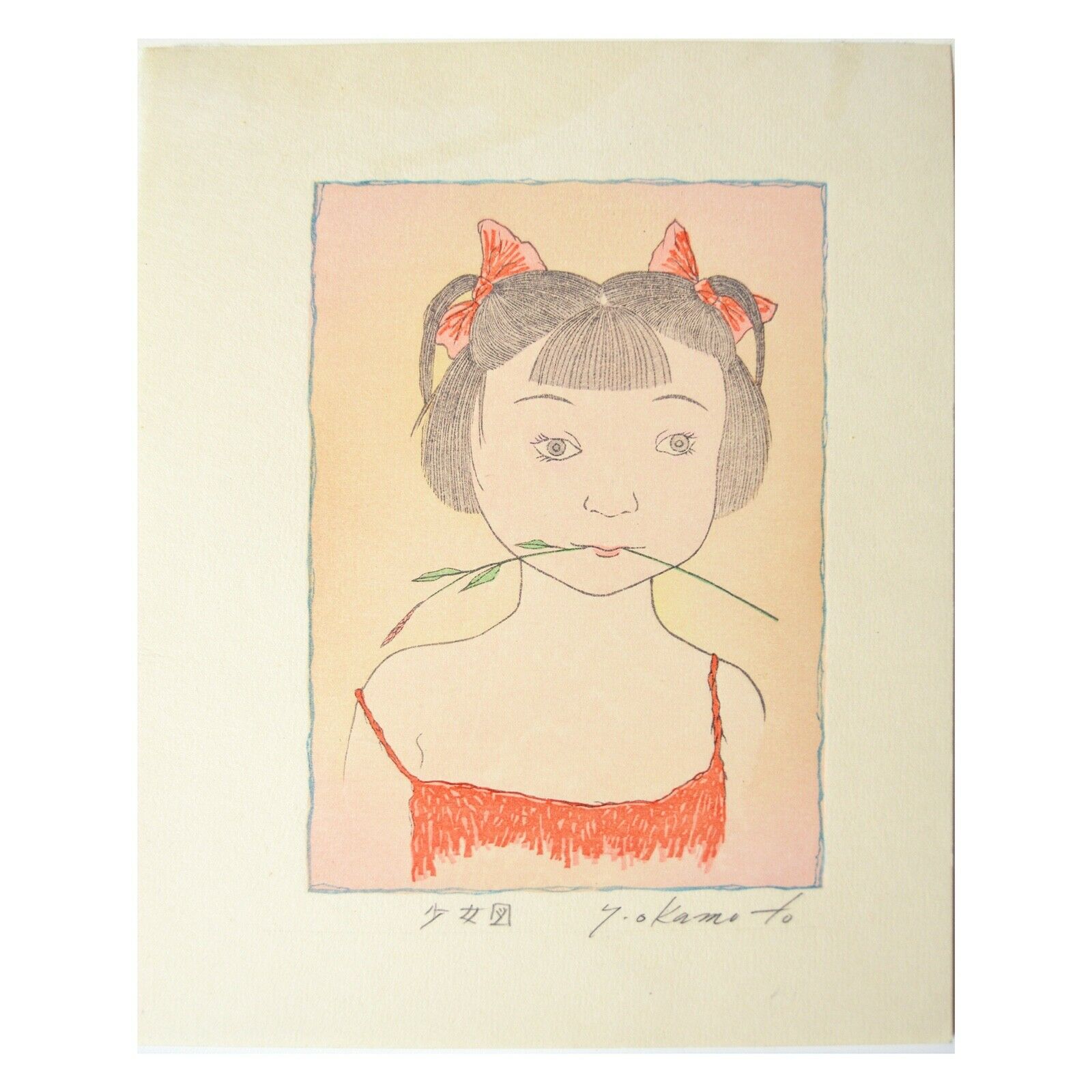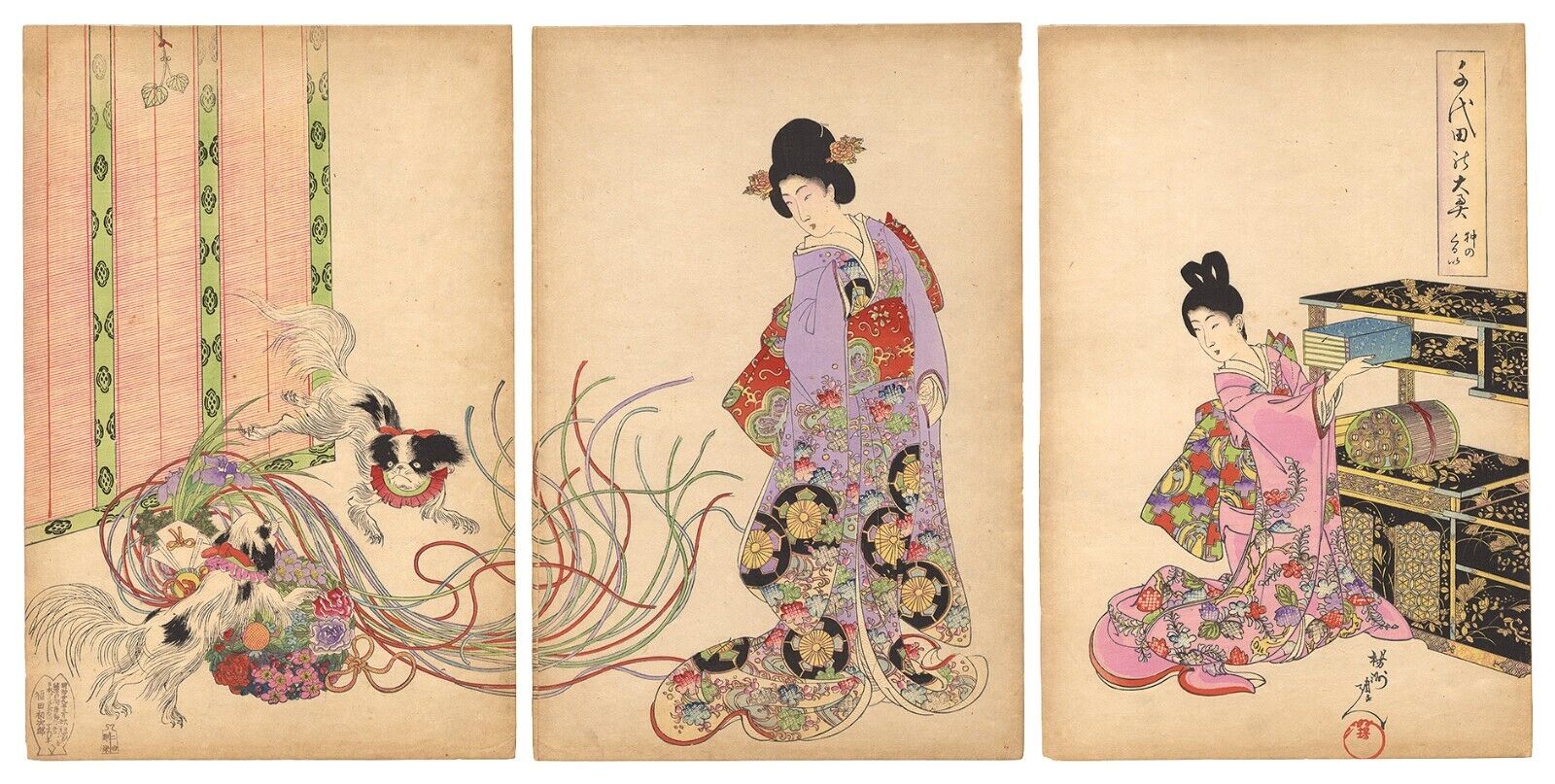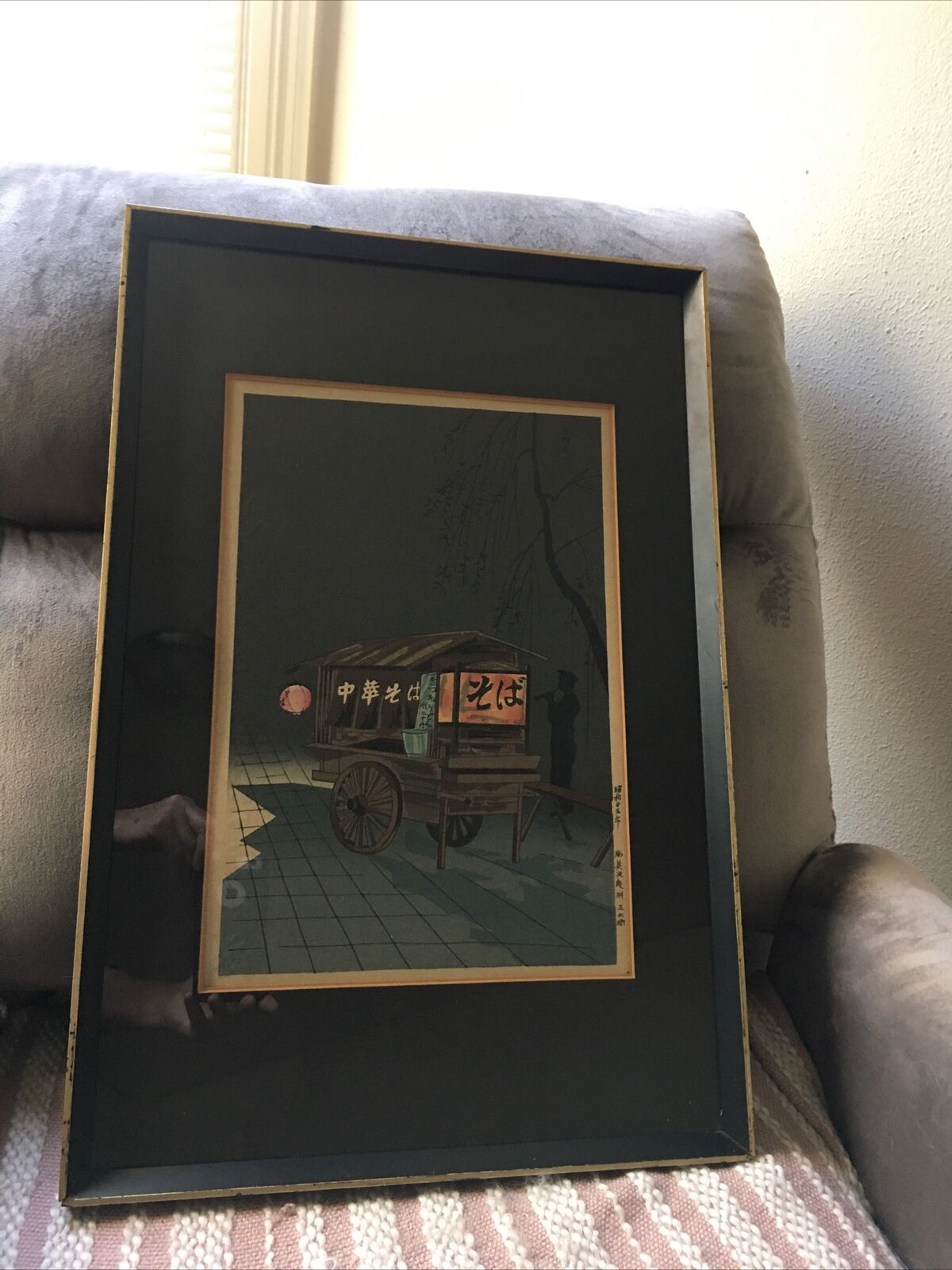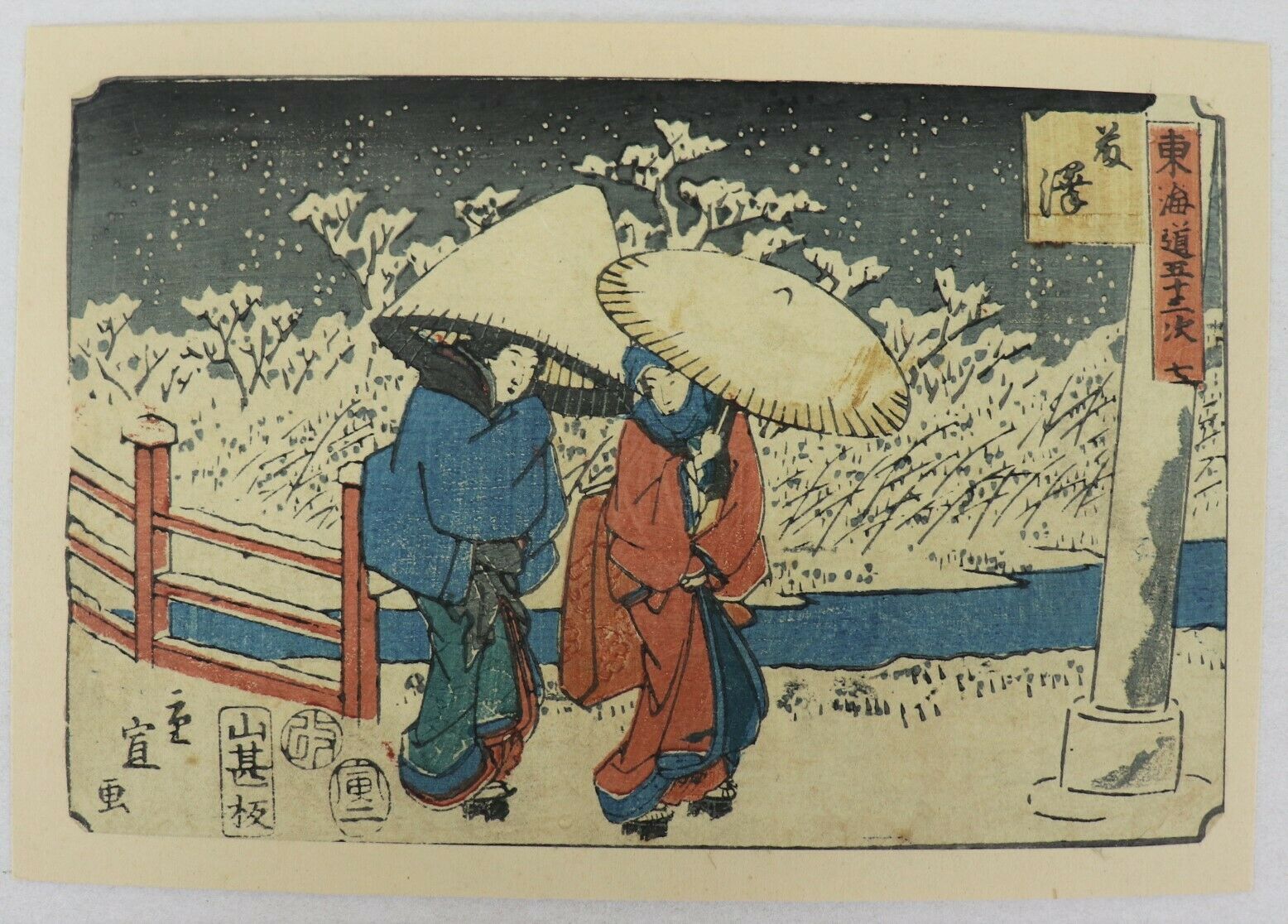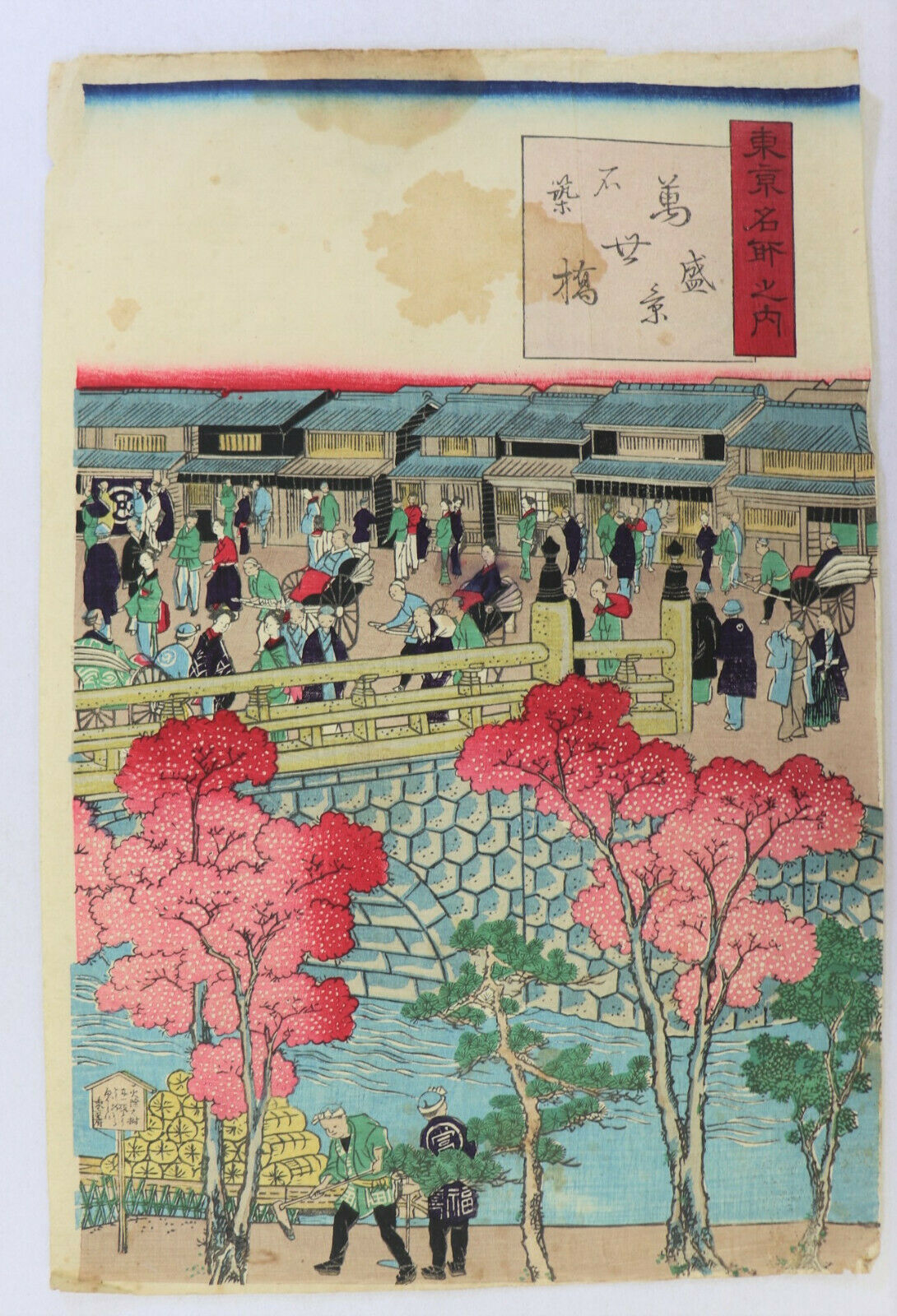-40%
☆Ultra-Rare☆ 1st Edition Bookplate from Seitei Kachō Gafu ☆Fine & Exquisite☆
$ 71.28
- Description
- Size Guide
Description
☆☆☆June Offerings
☆☆☆
〜〜〜
These One Time Buy-it-Now Sales + Free Shipping Will Be Removed on June 31st and Then Re-listed Auction-style + Shipping
~~~
Seitei Kachō Gafu, or Watanabe Seitei’s Book of Birds & Flowers
EXTREMELY AND VANISHINGLY RARE
A cornerstone of any Japanese bird and flower collection. Prints from this volume are seldom seen and are much prized.
A wonderful production in color woodblock printing of the work of the important artist Watanabe Seitei (1851-1918). Okura Shoten was also the publisher of Seitei’s 3 volume SEITEI KACHÔ GAFU of 1890-1, and the other ultra-rare SEITEI KACHÔ of 1916.
Watanabe Seitei (1852-1918) was a master of kacho-ga (bird and flower painting) who incorporated elements of Western techniques in his delicate nihon-ga (Japanese-style) works. Printed during the golden age of Japanese woodblock printing (from the end of the 19th century to the early 20th century), this bookplate represents the height of Seitei’s detailed bird and flower paintings in skillfully pulled woodblock print form.
Title: Seitei Kacho Gafu, or Watanabe Seitei s Book of Birds and Flowers
Publisher: Tokyo: Okura Shoten
Publication Date: 1903
Edition: 1st and Only Edition
Condition: Near Fine
☆Ultra-Rare☆ 1st Edition Bookplate from Seitei Kachō Gafu ☆Near Fine☆
I work hard to provide fast and courteous service, as my aim is complete customer satisfaction. Thank you for visiting my store.
INTERNATIONAL SHIPPING OFFERED (I have confidently shipped many packages abroad without any problems).
————————–——————
Watanabe Seitei’s original name was Yoshikawa Yoshimata. He was born and lived in Tokyo and was also known as Shotei. He came from a family of rice brokers and was apprenticed to a pawn shop at the age of 12, but was fired for spending too much of his time painting. When he was 14, without his father’s permission, he became a pupil of Kikuchi Yosai (1788~1878), a popular and successful historical painter. At the age of 21, by which time he had started to use the ‘go’ (pen name) Seitei, he was adopted by Watanabe Koshi a poet and friend of his father, also a poet.
Instead of following his teacher and becoming an historical painter, Seitei became one of the best and most popular exponents of kacho ga (bird and flower paintings). His 3 books of woodblock prints ‘Seitei Kacho Gafu’, possible his most famous work, was published in 1890~1891; a single book ‘Kacho Gafu’ in 1903 and a series of 22 prints ‘Nijuni kacho’ in 1916. He wrote several books on painting and edited Bijutsu Sekai (Art World) published in 1893~1896.
Seitei was a frequent exhibitor and prize winner in domestic and foreign exhibitions. He travelled in Europe and America. In 1878, he was awarded a silver medal for a painting shown at the Paris exposition. At a dinner with Edgar Degas they exchanged drawings but Degas ripped up his work claiming he could not match the beauty of Seitei’s work. Seitei’s drawing was part of Degas’s estate at his death.
His woodblock prints are undoubtedly influenced by western watercolors which he had a chance to study on his trip to France. His style is technically brilliant; its strongest features are its fresh and lucid use of color and sensitive employment of wash, with effects reminiscent of western watercolors.
————————————————
A bit of friendly advice on matting bookplate diptych prints before framing
All bookplates that I have up for auction haven’t been butchered down the center seam then priced together. Since these images were never intended to be assembled as a single print no attempt has been made to do so. Personally, and for justifiable aesthetic reasons, I prefer to mat bookplate diptychs with a half inch or 1.2 centimeter space left between the two separate panels. It is also more archival, saving the print from harmful and messy taping or glueing at the seam. If you do attempt this, you may find that the two halves don’t even line up from top to bottom (end result—a suit from a bad tailor). So remember, once this action is done it can’t be undone. When considering the fact that the art is forever fresh and alive, what reason is there to meddle with it by reassembling it to your particular preferences (hubris perhaps?). Just a bit of friendly advise, but as always, I leave such matters to the discretion of the buyer.







